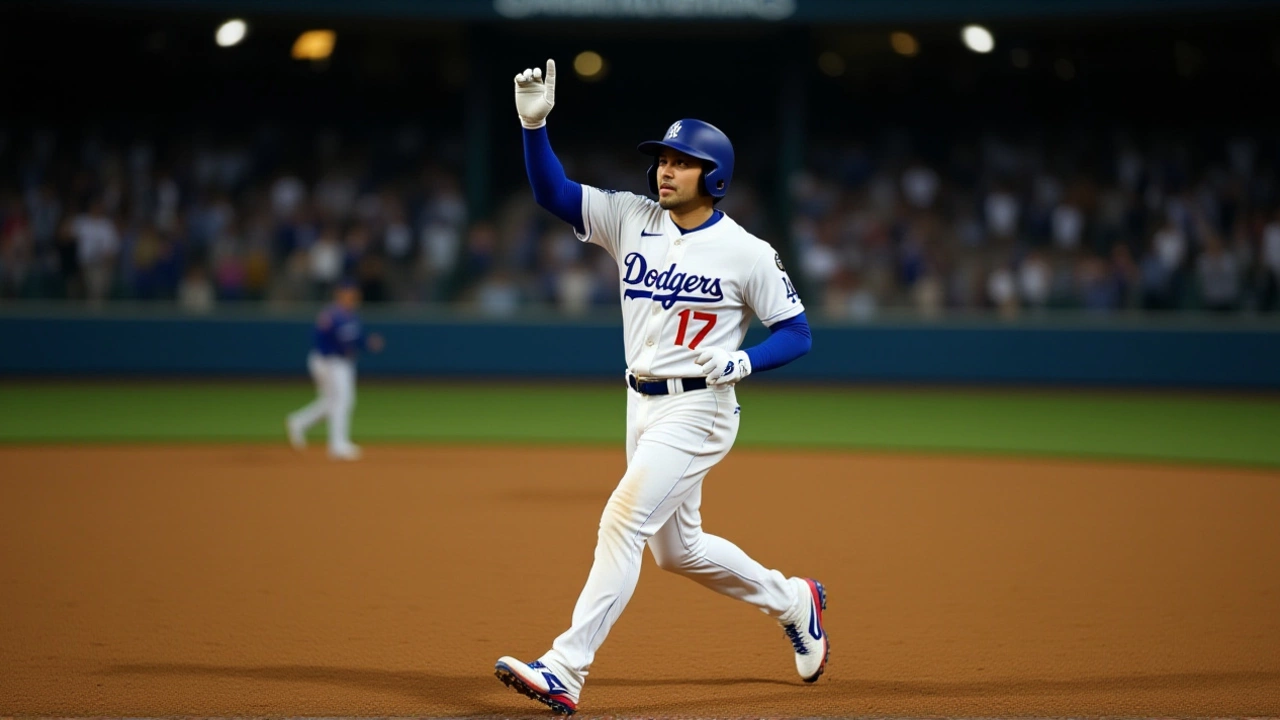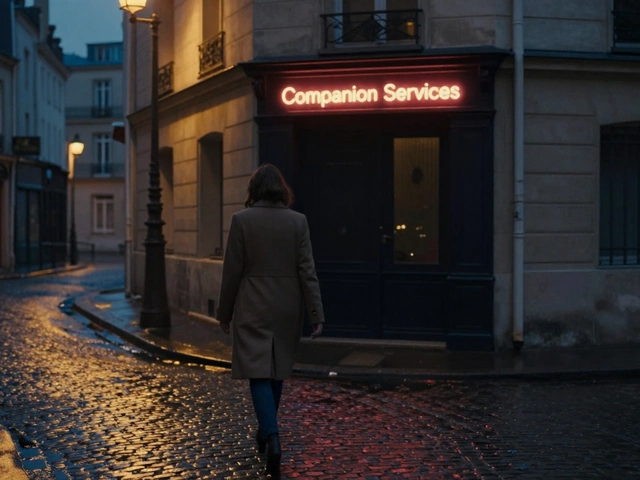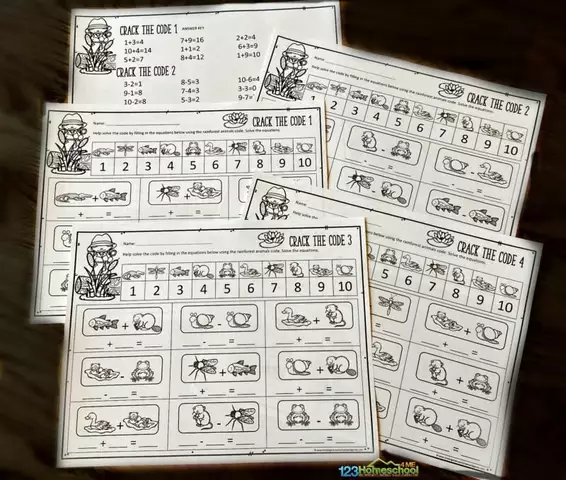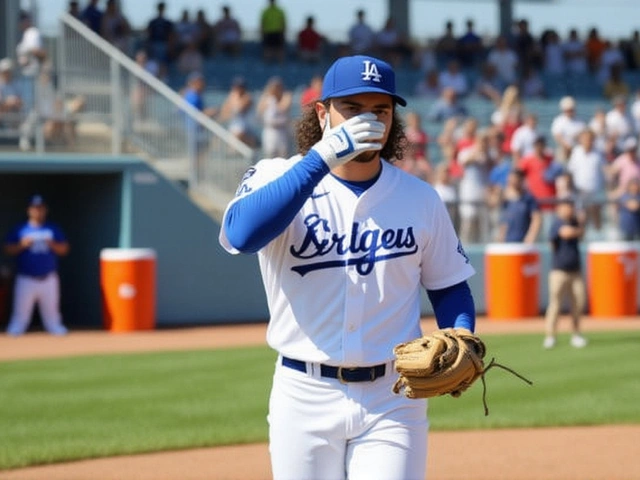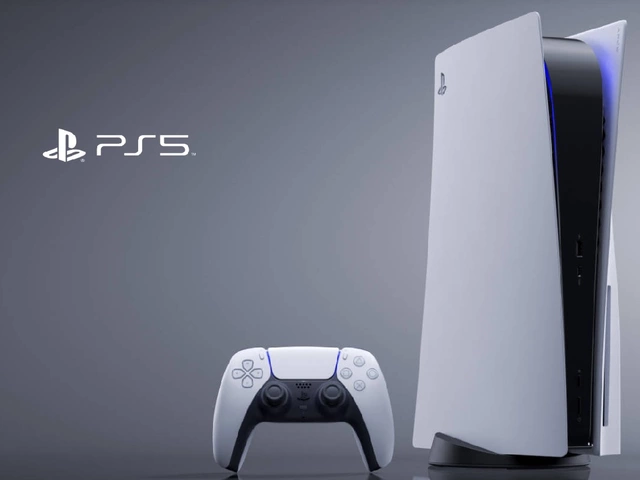When Shohei Ohtani, the 31‑year‑old two‑way phenom, took the mound at Dodger Stadium on October 18, 2025, he did more than just pitch—he rewrote the postseason playbook.
In Game 6 of the National League Championship SeriesLos Angeles, Ohtani hurled seven innings, struck out ten, and belted a triple‑homer that helped the Los Angeles Dodgers beat the New York Mets 7‑2, clinching a World Series berth.
The feat—first player ever to record three home runs and ten strikeouts in the same postseason game—has pundits calling it "potentially the single greatest performance in MLB history." The night has already entered baseball folklore, but why does it matter to the average fan? Because Ohtani’s two‑way dominance reshapes expectations for what a superstar can do on the biggest stage.
Historic Two‑Way Feat in Context
Baseball has seen great hitters and great pitchers, but rarely a single player dominate both sides in a playoff game. The last time anyone hit three homers in the postseason was a handful of occasions, and the last three‑homer game preceded Ohtani’s by decades. Even more striking, perfect games (24 in MLB history) outnumber four‑homer games (21), underscoring how rare Ohtani’s combination truly is.
To appreciate the magnitude, consider the numbers: three home runs, ten strikeouts, seven innings pitched, and a two‑run lead that never slipped. The Dodgers scored just one run after the fifth inning, and Ohtani’s pitching kept the Mets mute for the final five frames.
Game‑by‑Game Breakdown of NLCS Game 6
Ohtani opened the bottom of the first with a leadoff single, then followed it up in the second inning with a towering solo shot to left‑center—his first homer of the night. The third inning produced a two‑run blast that pushed the Dodgers ahead 3‑0. After that, the Mets rallied with a lone run in the fourth, but Ohtani answered in the fifth with his third home run, a 415‑foot drive that cleared the 10‑foot fence.
On the mound, he mixed a fastball topping 95 mph with a slick slider that curled away from right‑handers. Ten strikeouts came on a blend of swinging strikes and chase‑pitch grounders. He also induced two double plays, further stifling the Mets’ offense.
Manager Dave Roberts left Ohtani in for the full seven innings, a decision that proved decisive. "We trusted his arm and his heart," Roberts said in the post‑game interview. "He wanted to finish the game, and we were behind a comfortable lead.
Reactions from the Baseball Community
"This is unprecedented in baseball's biggest moments," said Jeff Spiegel, host of the popular "DodgerHeads" podcast. "Ohtani just rewrote the rule book for two‑way players.
Forbes senior MLB contributor Anthony Witrado added, "His performance fundamentally redefines what we thought was possible in postseason baseball. It's a once‑in‑a‑generation display.
Fans in the stadium chanted his name over 30 times, and the social media feed exploded with memes of Ohtani in both a pitcher's cap and a hitter's helmet.
What This Means for the 2025 World Series
The Dodgers now set their sights on the American League champion in a best‑of‑seven series that kicks off on October 25, 2025, at Globe Life Field in Arlington, Texas. Ohtani’s next challenge: can he add a fourth home run or even a no‑hit performance?
Experts predict the series will hinge on how the Dodgers wield Ohtani’s dual threat. "If he can keep pitching deep and keep the bat hot, you’re looking at a dynasty in the making," said former MLB pitcher and analyst John Smoltz.
Opposing managers will also have to decide whether to pitch around him, shift defensively, or gamble on a double‑switch. The Mets’ bullpen coach admitted, "We never expected to face a pitcher who could also be the biggest offensive weapon in the lineup.
Looking Back: Ohtani’s Road to This Night
Ohtani’s journey began in Ōshū, Iwate Prefecture, Japan, where he first dazzled scouts with a fastball that blew past 100 mph. After signing with the Los Angeles Angels in 2018, he earned the American League MVP in 2021.
A September 2023 elbow injury forced him to miss the entire 2024 season as a pitcher, though he still appeared as a designated hitter. In December 2023, he signed a historic 10‑year, $700 million contract with the Dodgers—still the largest in pro sports.
He made his Dodgers debut on March 20, 2024, during the MLB Seoul Series, and by July 13, 2024, he had smashed his 200th career home run. The 2024 All‑Star Game saw him hit a three‑run shot and earn the win on the mound—making him the only player with a win and a home run in the same All‑Star Game.
All those milestones culminated in the October 18 spectacle, confirming that his 2023 surgery was just a detour, not a derailment.
- Three home runs, ten strikeouts, seven innings pitched
- First postseason player with a triple‑homer/10‑K combo
- Dodgers win 7‑2, clinching NLCS
- World Series starts Oct 25 at Globe Life Field
- Ohtani’s $700 M contract remains the biggest ever signed
Frequently Asked Questions
How does Ohtani’s performance affect the Dodgers’ chances in the World Series?
The Dodgers now have a genuine two‑way ace who can dominate both on the mound and at the plate. If Ohtani can replicate even a fraction of his NLCS output, the series odds swing heavily in Los Angeles’ favor, especially against a team lacking a comparable dual threat.
What historical precedents exist for a player achieving both pitching and hitting milestones in a single postseason game?
Before Ohtani, no player had ever logged three home runs and ten strikeouts in the same postseason contest. The closest was Babe Ruth’s 1926 World Series where he hit one homer and pitched a shutout, but Ohtani’s combo sets a brand‑new benchmark.
Will Ohtani’s contract influence future deals for two‑way players?
His $700 million deal, already the largest in any sport, signals teams are willing to pay premium for elite two‑way talent. Expect younger players with pitching and hitting chops to demand comparable contracts in upcoming free‑agency periods.
What adjustments might other teams make to counter Ohtani’s dual threat?
Opponents could employ double‑swings, shift defenses aggressively, or use bullpen depth to avoid facing him both as a pitcher and hitter. Some may even try to force a position change, though his durability suggests he’ll stay two‑way for the foreseeable future.
How did the Mets respond to the loss, and what does it mean for their franchise?
The Mets’ front office praised Ohtani’s brilliance but vowed to strengthen their pitching staff. The defeat ends their season, prompting off‑season evaluations on roster construction and a possible shift toward younger arms to avoid future two‑way dominance by opponents.
